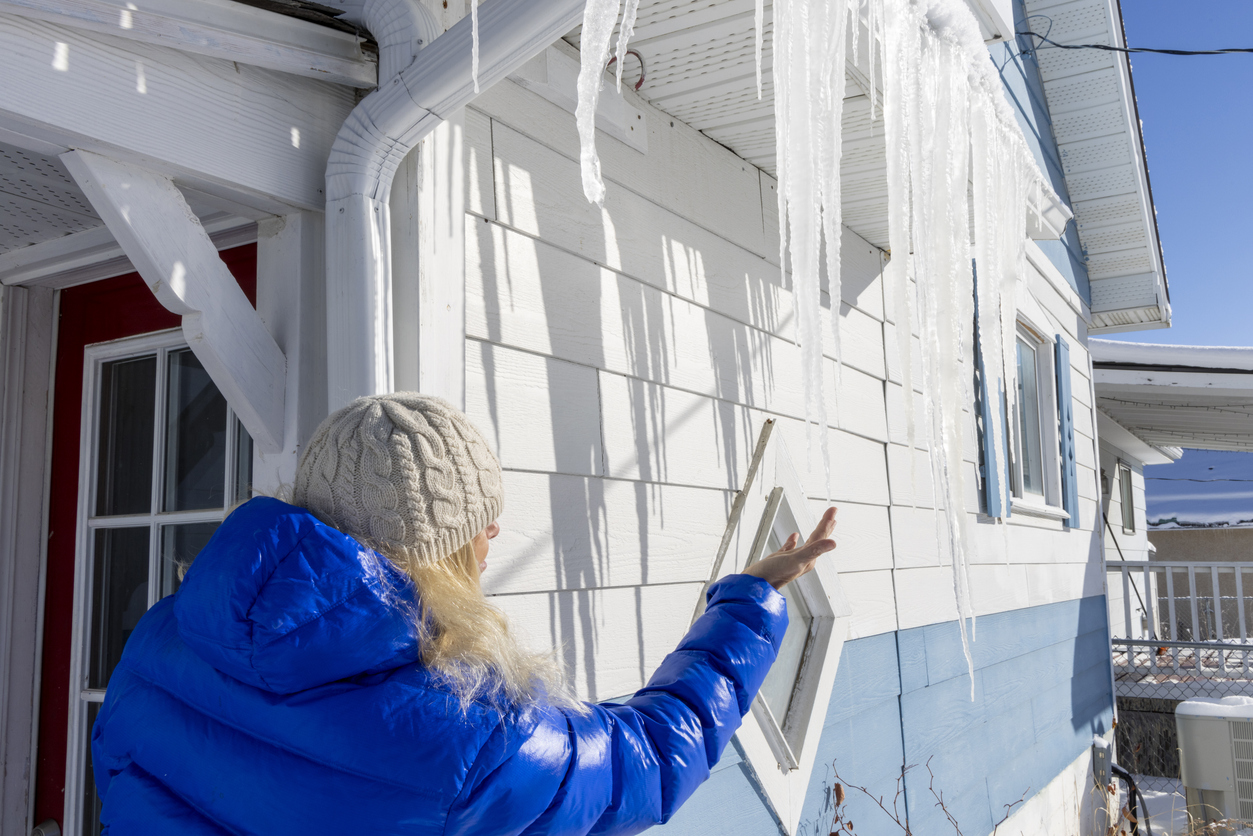Dr. Robert Hartwig and the Insurance Information Institute (III) do an excellent job providing timely information regarding insurance topics. A recent story on insurance coverage for nuclear accidents is an example. As a result of the current catastrophe in Japan, I have been asked by a number of individuals about property insurance coverage in the event of radiation damage. The III answers the question in "Insurance Coverage for Nuclear Accidents."
The answer to this question is:
. . .there is nearly $13 billion in liability insurance protection available to be used in the event of a commercial nuclear accident. The level of available insurance protection serves as the liability cap.
Standard property/casualty insurance policies issued in the United States exclude coverage for property damage and personal injury caused by such accidents. All claims are channeled through the nuclear power plant operator.
A relevant discussion of the Japanese catastrophe and similar insurance coverage needs in the United States appeared in "Few Homes Have Insurance Coverage for Earthquake or Tsunami, Although the U.S. Is At Risk for Both." Similar to what I indicated in Insurance Coverage for Tsunami Floods and Earthquakes, the Insurance Information Institute provided the following regarding earthquake coverage:
Standard homeowners, renters and business insurance policies do not cover damage from earthquakes. Coverage is available either in the form of an endorsement or as a separate policy. Earthquake insurance provides protection from the shaking and cracking that can destroy buildings and personal possessions. Coverage for other kinds of damage that may result from earthquakes, such as fire and water damage due to burst gas and water pipes, is generally provided by standard home and renters insurance policies.
Earthquake coverage is available from private insurance companies. In California, homeowners can also get coverage from the California Earthquake Authority (CEA), a privately funded, publicly managed organization. Only about 12 percent of California residents currently have earthquake coverage, down from about 30 percent in 1996, two years after the Northridge, California, earthquake. Nationwide 86 percent to 90 percent of U.S. homeowners lack earthquake coverage. . . (emphasis added)
Regarding coverage for a tsunami, the article noted:
Flood damage from a tsunami is not covered under most standard homeowners, renters and business insurance policies. Flood insurance, however, is available from the federal government’s National Flood Insurance Program (NFIP), and some private insurance companies. It can generally be purchased through the same agents and brokers who provide home and renters insurance.
The NFIP provides coverage for up to $250,000 for the structure of the home and $100,000 for personal possessions. Private flood insurance is available for those who need additional insurance protection, known as excess coverage, over and above the basic policy or for people whose communities do not participate in the NFIP. Some insurers have introduced special policies for high-value properties. These policies may cover homes in noncoastal areas and/or provide enhancements to traditional flood coverage. The comprehensive portion of an auto insurance policy includes flood damage.
A 2010 poll by the Insurance Information Institute found that 10 percent of Americans had a flood insurance policy, down from 13 percent in 2009 and 17 percent in 2008 . . . .
Heaven help us if we suffer from a disaster like that experienced recently in Japan. The statistics clearly indicate that most of us do not have the proper insurance to soften the blow from such tragic events.



